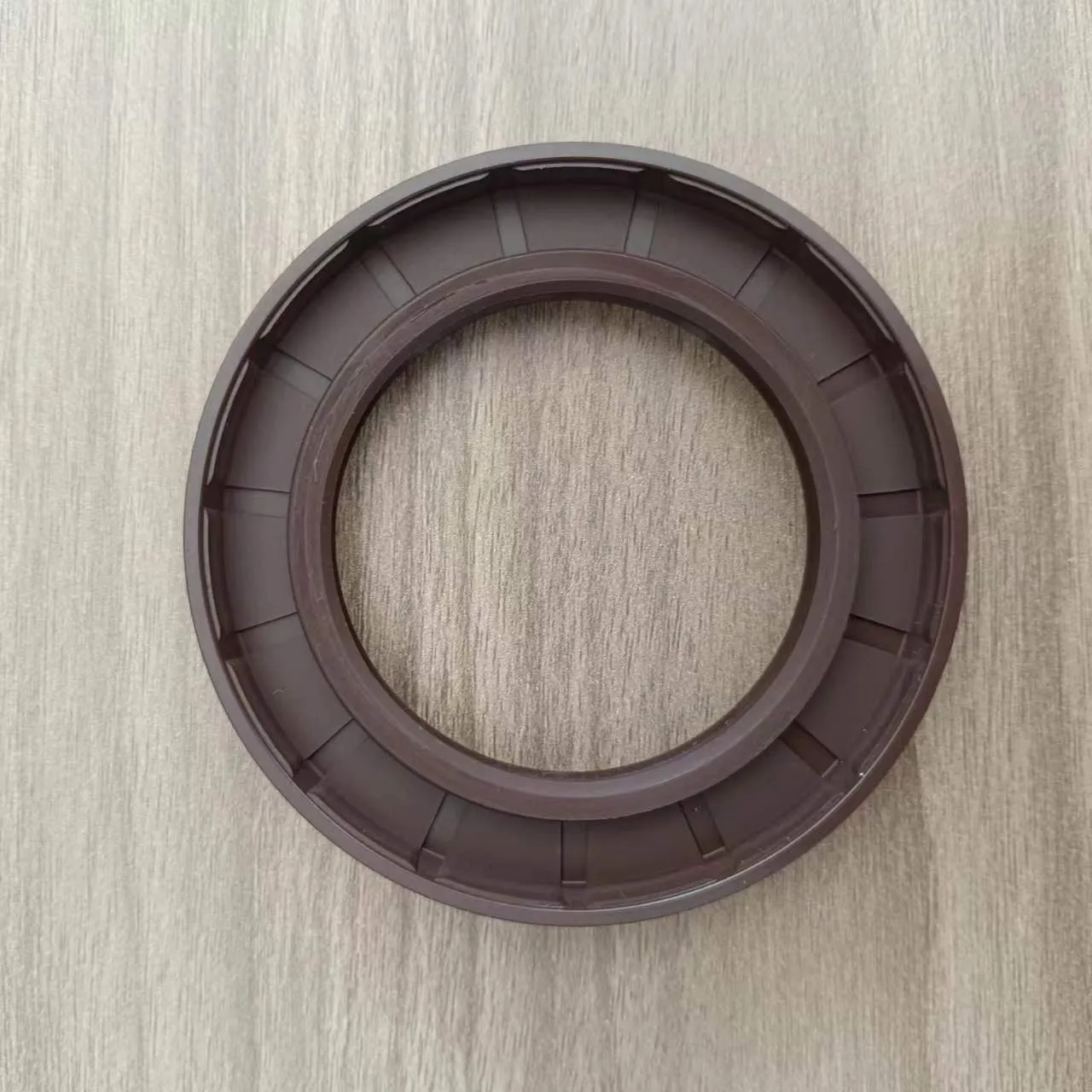Aug . 31, 2024 19:29 Back to list
inner hub seal
The Importance of Inner Hub Seals An Essential Component in Mechanical Systems
In various mechanical systems, particularly in automobiles and heavy machinery, the inner hub seal plays a crucial role in ensuring optimal performance and longevity. Often overlooked, this small yet significant component is responsible for preventing contaminants from entering the hub assembly and protecting the bearings and other internal components from damage.
What is an Inner Hub Seal?
An inner hub seal is a dynamic sealing device designed to fit tightly within the hub assembly of wheels, axles, or any rotating components. It functions by creating a barrier that keeps lubricants inside while blocking dirt, dust, moisture, and other potentially harmful substances from entering the system. The seal is typically made from durable materials such as rubber or synthetic compounds, engineered to withstand high temperatures and varying pressure conditions.
The Role of the Inner Hub Seal
The primary function of the inner hub seal is to maintain the integrity of the lubricating oil or grease within the hub assembly
. Proper lubrication is crucial for reducing friction between moving parts, which, in turn, minimizes wear and tear. With effective sealing, the inner hub seal ensures that the lubricant remains clean and free from contaminants that could compromise its effectiveness.Moreover, the inner hub seal also helps maintain the pressure within the assembly. When a vehicle operates, it generates heat that can cause the lubricant to expand. A well-functioning seal accommodates this expansion, preventing leakage and ensuring that the lubrication remains at optimal levels.
inner hub seal

Consequences of a Failing Inner Hub Seal
A compromised inner hub seal can lead to a series of detrimental effects. When the seal fails, contaminants can infiltrate the assembly, leading to premature wear of bearings and other critical components. This wear often results in increased friction, overheating, and eventual mechanical failure. In vehicles, such failures can manifest as unexplained noises, vibration during operation, or even complete vehicular breakdown, which may pose safety risks to drivers and passengers alike.
Additionally, when lubrication escapes due to a faulty seal, it not only leads to inadequate lubrication but also increases the chances of corrosion and rust formation on exposed metal surfaces, further escalating repair costs.
Maintenance and Replacement
Regular maintenance checks are essential to ensure the longevity of inner hub seals. Most automotive experts recommend inspecting seals during routine servicing. If there is visible wear, cracking, or signs of leakage, it's crucial to replace the seals promptly to avoid more extensive damage.
In conclusion, the inner hub seal is a vital component that contributes significantly to the overall functionality of mechanical systems. By preventing contamination and maintaining proper lubrication, these seals play a pivotal role in extending the lifespan of the hub assembly and ensuring smooth operation. Neglecting this small but critical component can lead to costly repairs and safety hazards. Therefore, understanding and addressing the importance of inner hub seals can lead to more reliable and efficient machinery and vehicles.
-
Wiper Oil Seal: Our Commitment to Clean Hydraulics
NewsAug.13,2025
-
Hydraulic Oil Seal for Self Discharging Cars
NewsAug.13,2025
-
Hub Oil Seal for Agricultural Tractor Hubs
NewsAug.13,2025
-
Skeleton Oil Seal with NBR Material
NewsAug.13,2025
-
Rotary Lip Seal for High Pressure Applications
NewsAug.13,2025
-
Cylinder Seal Kits Our Legacy of Hydraulic Trust
NewsAug.13,2025
-
Unlocking the Potential of Hydraulic Systems with Essential Sealing Solutions
NewsAug.06,2025
Products categories
















